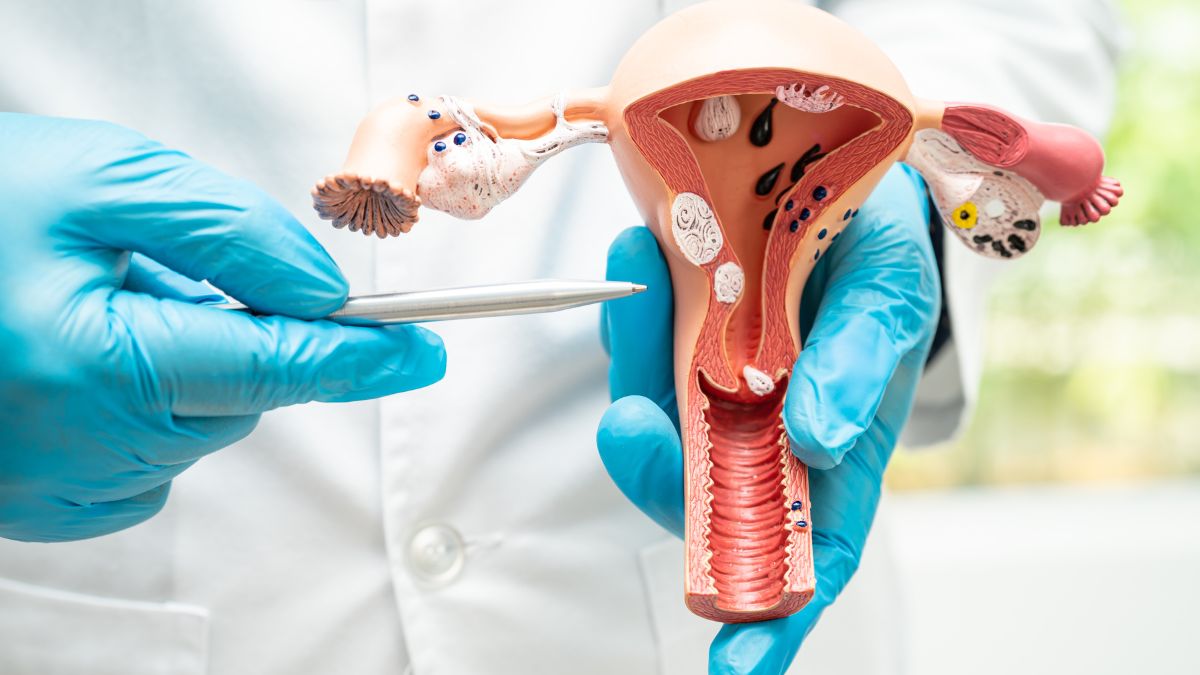- By Priyanka Munshi
- Thu, 18 Jan 2024 05:13 PM (IST)
- Source:JND
Do you know the alarming trend of younger age groups experiencing a higher incidence of cervical cancer? This emphasizes the need for prevention and raising awareness. Cervical cancer has always been linked to older women, but more women in their 20s and 30s are now afflicted with it. An important factor in this change is the presence of human papillomavirus (HPV), which is known to be a risk factor for cervical cancer. One possible explanation for the rise could be the absence of regular screenings and vaccinations.
In addition to this, regular Pap tests and HPV vaccinations provide early detection, which is critical in the fight against this trend. Younger women must be empowered to take proactive measures in preventing cervical cancer and maintaining their health by means of education regarding the significance of screening, vaccination, and general gynecological health.

Reason Behind Rising Cases Of Cervical Cancer Especially In Younger Age Groups (Image Credit: Canva)
Dr. Sheetal Sachdeva, who is a consultant in obstetrics and gynecology at the CK Birla Hospital in Delhi, exclusively told Jagran English about the rising cases of cervical cancer in younger age groups.
According to Dr. Sheetal, "Cervical cancer, once prevalent in women, particularly those over 35, has shown a concerning trend in recent years, which is an increase in diagnoses among younger women, especially those in their late twenties and early thirties. While cervical cancer remains relatively rare in this age group, the upward trajectory demands attention and action."
There are several potential factors that contribute to this rise:
Decreased Pap Smear Screening: Despite the effectiveness of the pap smear in detecting precancerous changes, screening rates among younger women are low. Reasons include lack of awareness, fear of discomfort, and logistical challenges like access to healthcare.
Increased HPV Exposure: Human papillomavirus (HPV), the primary cause of cervical cancer, is a common sexually transmitted infection. Earlier sexual debuts and multiple lifetime partners could potentially increase exposure to high-risk HPV strains.
Other Risk Factors: Weakened immune systems due to conditions like HIV or smoking can contribute to a faster progression from HPV infection to cancer.
Challenges and concerns:
Delayed Diagnosis: Younger women may not experience or ignore early symptoms like abnormal bleeding, leading to late-stage diagnoses with a poorer prognosis.
Psychological Impact: A cancer diagnosis at a young age can be devastating, affecting self-esteem, relationships, and future plans.
Treatment Considerations: Fertility-sparing treatments like cone biopsies become less feasible with advanced stages, potentially impacting motherhood aspirations.
Combating the trend:
Enhanced Education And Awareness: Empowering young women with information about HPV, cervical cancer, and the importance of regular screening (starting at age 21) is crucial.
Accessible Screening Programs: Removing barriers to healthcare and offering flexible screening options can encourage young women to participate.

Reason Behind Rising Cases Of Cervical Cancer Especially In Younger Age Groups (Image Credit: Canva)
Vaccination Expansion: Increasing HPV vaccination rates among both girls and boys provides long-term protection against HPV-related cancers.
Targeted Interventions: Identifying and addressing specific risk factors in different communities can further combat the rise.
In addition, she added that "combating the rise of cervical cancer in younger women demands a collective effort. Healthcare providers need to actively promote screening and address HPV vaccination concerns. Public health authorities should prioritize accessible screening programs and educational initiatives."
At last, Dr. Sheetal said, "Individuals must take charge of their health by understanding risk factors, getting vaccinated, and participating in regular screening. This is not just a medical issue; it's a societal concern. By working together, people can ensure that a young woman's future isn't overshadowed by the threat of cervical cancer. Through awareness, prevention, and early detection, people can overcome this barrier and lead a healthy life."

